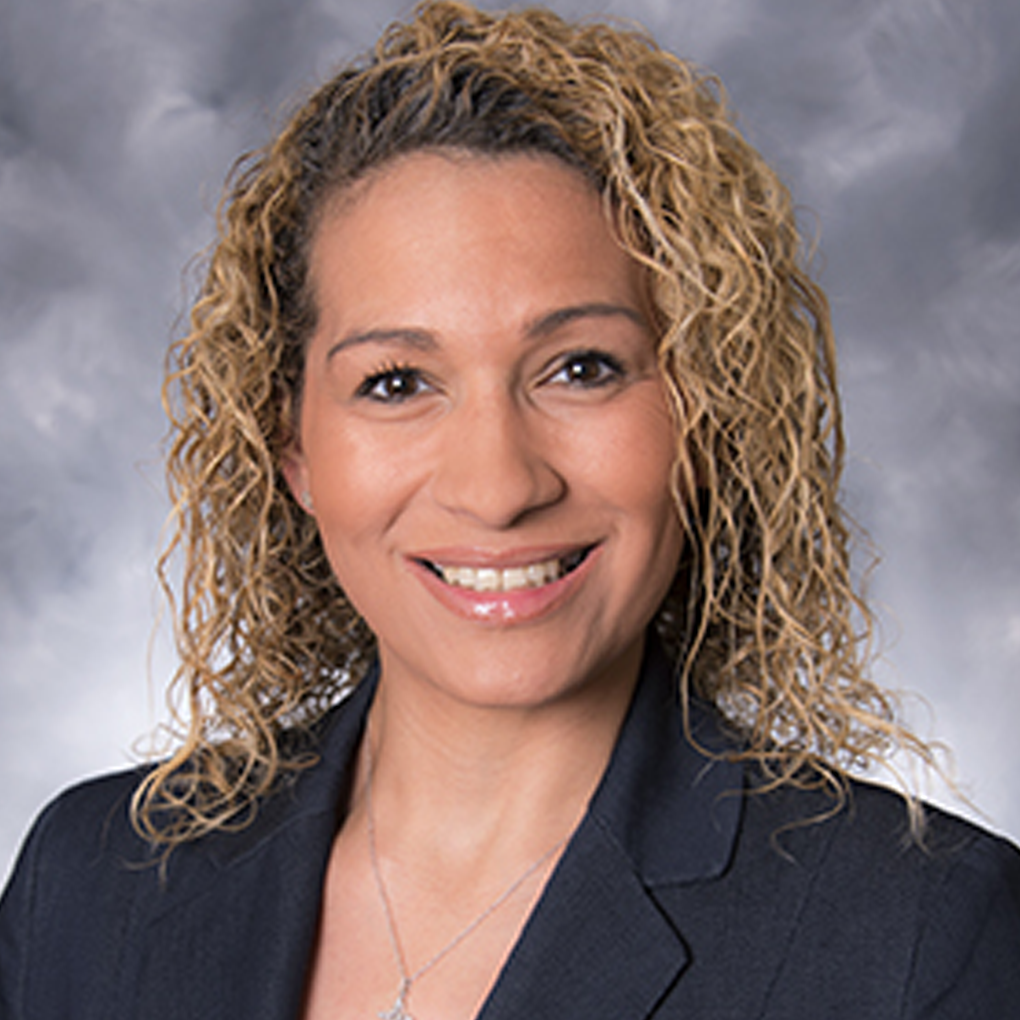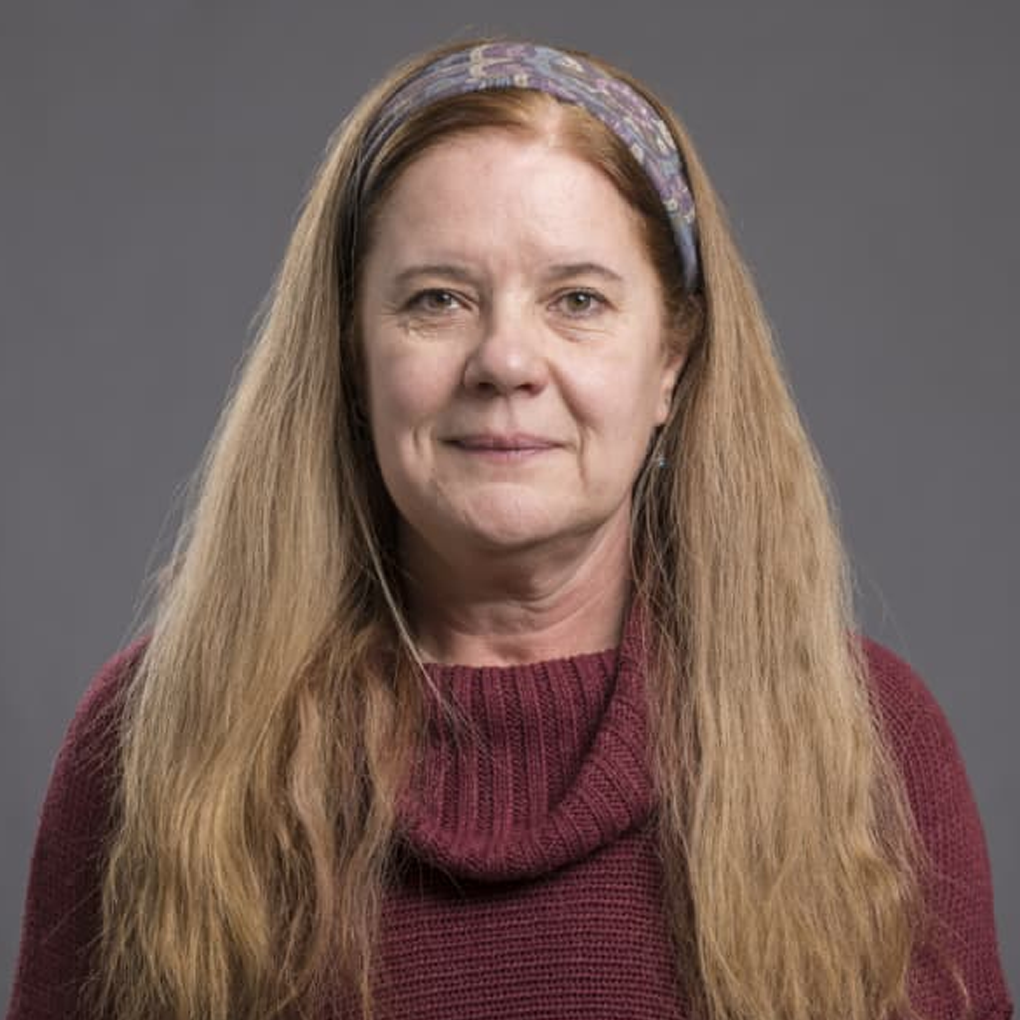About
The Advanced Practice Nursing SIG is open to all members with an interest in APNs and trauma. The goal of this SIG is to address the needs and concerns of trauma advanced practice nurses.
EAST Collaboration
The Society of Trauma Nurses (STN) and the Eastern Association for the Surgery of Trauma (EAST) have long shared a common goal of improving the care of the acutely injured patient. For this reason, the STN special interest group on advanced practitioners and the EAST section on advanced practitioners regularly collaborate on educating, mentoring, and supporting these valuable healthcare providers. In 2016, a joint task force between EAST and STN formed to develop a three-part workshop targeting professional and clinical development of advanced practitioners. We are continuing to meet regularly to plan the 2018 EAST conference offerings for Advanced Practice Nurses and Physician Assistants.
Resources
New to practice? Or simply looking for a great review? Here are useful articles related to APRN practice and clinical care:
Webinars
Becoming a Successful Clinician and Leader for New and Experienced Advanced Practitioners
Issues in Advanced Practice Nursing
Holiday. Anna, Damayanti, S, and Budinger, J, et al. (2017). An outcome analysis of Nurse Practitioners in Acute Care Trauma Services. Journal of Trauma Nursing, 24(6): 365-370. Click here to view
Messing, Jonathan MSN, ANCP, et al., on behalf of the Eastern Association for the Surgery of Trauma, the Society of Trauma Nurses, and the American Association of Surgical Physician Assistants. Optimizing the integration of advanced practitioners in trauma and critical care. Journal of Trauma and Acute Care Surgery, July 2017. Retrieved from journals.lww.com/jtrauma/Abstract/2017/07000/Eastern_Association_for_the_Surgery_of_Trauma_and.30.aspx
Messing, Jonathan MSN, ANCP, et al., on behalf of the Eastern Association for the Surgery of Trauma, the Society of Trauma Nurses, and the American Association of Surgical Physician Assistants. Optimizing the integration of advanced practitioners in trauma and critical care. Journal of Trauma and Acute Care Surgery, July 2017. Retrieved from http://journals.lww.com/jtrauma/Abstract/2017/07000/Eastern_Association_for_the_Surgery_of_Trauma_and.30.aspx
Oppenheim, C, and Joseph, A. (2017) Caution: Hospital nurse practitioners may raise Stark issues. http://www.health-law.com/media/publicationsother/342_HCCA-%20Stark%20and%20Nurse%20Practitioners.pdf
Collins TA, Sicoutris CP, McNicholas A, et al: Advanced practitioners are peers in trauma performance improvement peer review. J Trauma Nurs 2016; 23(2): 72-6.
Ryan, L. Management vs. Leadership: Five Ways They Are Different (2016). Forbes Magazine. Retrieved from http://www.forbes.com/sites/lizryan/2016/03/27/management-vs-leadership-five-ways-they-are-different February 12, 2017
Myers, RA, Parikh, PJ, Ekeh, AP, Denlinger, E, et al. (2014). Scheduling of advanced practice providers at Level 1 trauma centers. J Trauma 77(1), 176-181.
Adkins, R.E., Cairns, BA, and Hultman, C.S (2014). A systematic review of advance practice providers in acute care. Ann Plast Surg, 72: 285-288.
Hiza, EA, Gottschalk, MB, Umpierrez, E., et al. Effect of a dedicated orthopedic advanced practice provider in a Level 1 trauma center: Analysis of length of stay and cost. J Orthop Trauma (29: e225-e230.
West SK: Advanced practice nursing committee on process improvement in trauma: an innovative application of the Strong model. J Trauma Nurs 2016; 23(4): 227-30.
Critical Care
Grabenkort, W. Robert PA, MMSc, FCCM; Meissen, Heather H. ACNP, CCRN, FCCM; Gregg, Sara R. MHA. Acute Care Nurse Practitioners and Physician Assistants in Critical Care: Transforming Education and Practice, Critical Care Medicine, July 2017. Retrieved from http://journals.lww.com/ccmjournal/Fulltext/2017/07000/Acute_Care_Nurse_Practitioners_and_Physician.1.aspx
Kahn, S., Davis, S., Banes, C., Dennis, B., May, A., Gunter, O. (2015) Impact of advanced practice providers (nurse practitioners and physician assistants) on surgical residents’ critical care experience. Journal of Surgical Research 199(2015) 7-12.
Grabenkort, RW, Meissen, HH, & Gregg, SR (2017). Acute care nurse practitioners and physician assistants in critical care: Transforming education and practice. Crit Care Med, 45(7), 1111-1114.
Curtis J., Cook, D., Wall, R., Angus, D., Bion, J., Kacmarek, R., Kane-Gill, S., Kirchoff, K., Levy, M., Mitchell, P., Moreno, R., Pronovost, P., Puntillo, K. (2006) Intensive care unit Quality improvement: A “how-to” guide for the interdisciplinary team. Crit Care Med, 34 (1), 211-218.
Clinical Emergency General Surgery
Clair DG, Beach JM: Mesenteric Ischemia. NEJM 2016; 374(10): 959-68.
Kirkpatrick AW, Roberts DJ, Waele JD, et al: Intraabdominal hypertension and the abdominal compartment syndrome: updated consensus definitions and clinical practice guidelines from the world society of the abdominal compartment syndrome. Intensive Care Med 2013; 39:1190-1206
Morris AM, Regenbogen SE, Hardiman KM, et al: Sigmoid diverticulitis: a systematic review. JAMA 2014; 311(3): 287-97.
Peitzman AB, Watson GA, Marsh JW: Acute cholecystitis: when to operate and how to do it safely. J Trauma Acute Care Surg 2015; 78(1).
Salminen P, Paajanen H, Rautio T, et al: Antibiotic therapy vs appendectomy for treatment of uncomplicated acute appendicitis: the APPAC randomized clinical trial. JAMA 2015; 313: 2340-8.
Nursing and Advanced Practice Nursing
Collins TA, Sicoutris CP, McNicholas A, et al: Advanced practitioners are peers in trauma performance improvement peer review. J Trauma Nurs 2016; 23(2): 72-6.
West SK: Advanced practice nursing committee on process improvement in trauma: an innovative application of the Strong model. J Trauma Nurs 2016; 23(4): 227-30.
Transition to Practice Programs
A growing number of new-to-practice nurse practitioners are seeking additional educational opportunities in trauma and critical care before seeking permanent employment. Here is a list of current programs (please note that other programs may exist – you may email pallen@traumanurses.org for those to be added):
Webinars
Becoming a Successful Clinician and Leader for New and Experienced Advanced Practitioners
Issues in Advanced Practice Nursing
Holiday. Anna, Damayanti, S, and Budinger, J, et al. (2017). An outcome analysis of Nurse Practitioners in Acute Care Trauma Services. Journal of Trauma Nursing, 24(6): 365-370. Click here to view
Messing, Jonathan MSN, ANCP, et al., on behalf of the Eastern Association for the Surgery of Trauma, the Society of Trauma Nurses, and the American Association of Surgical Physician Assistants. Optimizing the integration of advanced practitioners in trauma and critical care. Journal of Trauma and Acute Care Surgery, July 2017. Retrieved from journals.lww.com/jtrauma/Abstract/2017/07000/Eastern_Association_for_the_Surgery_of_Trauma_and.30.aspx
Messing, Jonathan MSN, ANCP, et al., on behalf of the Eastern Association for the Surgery of Trauma, the Society of Trauma Nurses, and the American Association of Surgical Physician Assistants. Optimizing the integration of advanced practitioners in trauma and critical care. Journal of Trauma and Acute Care Surgery, July 2017. Retrieved from http://journals.lww.com/jtrauma/Abstract/2017/07000/Eastern_Association_for_the_Surgery_of_Trauma_and.30.aspx
Oppenheim, C, and Joseph, A. (2017) Caution: Hospital nurse practitioners may raise Stark issues. http://www.health-law.com/media/publicationsother/342_HCCA-%20Stark%20and%20Nurse%20Practitioners.pdf
Collins TA, Sicoutris CP, McNicholas A, et al: Advanced practitioners are peers in trauma performance improvement peer review. J Trauma Nurs 2016; 23(2): 72-6.
Ryan, L. Management vs. Leadership: Five Ways They Are Different (2016). Forbes Magazine. Retrieved from http://www.forbes.com/sites/lizryan/2016/03/27/management-vs-leadership-five-ways-they-are-different February 12, 2017
Myers, RA, Parikh, PJ, Ekeh, AP, Denlinger, E, et al. (2014). Scheduling of advanced practice providers at Level 1 trauma centers. J Trauma 77(1), 176-181.
Adkins, R.E., Cairns, BA, and Hultman, C.S (2014). A systematic review of advance practice providers in acute care. Ann Plast Surg, 72: 285-288.
Hiza, EA, Gottschalk, MB, Umpierrez, E., et al. Effect of a dedicated orthopedic advanced practice provider in a Level 1 trauma center: Analysis of length of stay and cost. J Orthop Trauma (29: e225-e230.
West SK: Advanced practice nursing committee on process improvement in trauma: an innovative application of the Strong model. J Trauma Nurs 2016; 23(4): 227-30.
Critical Care
Grabenkort, W. Robert PA, MMSc, FCCM; Meissen, Heather H. ACNP, CCRN, FCCM; Gregg, Sara R. MHA. Acute Care Nurse Practitioners and Physician Assistants in Critical Care: Transforming Education and Practice, Critical Care Medicine, July 2017. Retrieved from http://journals.lww.com/ccmjournal/Fulltext/2017/07000/Acute_Care_Nurse_Practitioners_and_Physician.1.aspx
Kahn, S., Davis, S., Banes, C., Dennis, B., May, A., Gunter, O. (2015) Impact of advanced practice providers (nurse practitioners and physician assistants) on surgical residents’ critical care experience. Journal of Surgical Research 199(2015) 7-12.
Grabenkort, RW, Meissen, HH, & Gregg, SR (2017). Acute care nurse practitioners and physician assistants in critical care: Transforming education and practice. Crit Care Med, 45(7), 1111-1114.
Curtis J., Cook, D., Wall, R., Angus, D., Bion, J., Kacmarek, R., Kane-Gill, S., Kirchoff, K., Levy, M., Mitchell, P., Moreno, R., Pronovost, P., Puntillo, K. (2006) Intensive care unit Quality improvement: A “how-to” guide for the interdisciplinary team. Crit Care Med, 34 (1), 211-218.
Clinical Emergency General Surgery
Clair DG, Beach JM: Mesenteric Ischemia. NEJM 2016; 374(10): 959-68.
Kirkpatrick AW, Roberts DJ, Waele JD, et al: Intraabdominal hypertension and the abdominal compartment syndrome: updated consensus definitions and clinical practice guidelines from the world society of the abdominal compartment syndrome. Intensive Care Med 2013; 39:1190-1206
Morris AM, Regenbogen SE, Hardiman KM, et al: Sigmoid diverticulitis: a systematic review. JAMA 2014; 311(3): 287-97.
Peitzman AB, Watson GA, Marsh JW: Acute cholecystitis: when to operate and how to do it safely. J Trauma Acute Care Surg 2015; 78(1).
Salminen P, Paajanen H, Rautio T, et al: Antibiotic therapy vs appendectomy for treatment of uncomplicated acute appendicitis: the APPAC randomized clinical trial. JAMA 2015; 313: 2340-8.
Nursing and Advanced Practice Nursing
Collins TA, Sicoutris CP, McNicholas A, et al: Advanced practitioners are peers in trauma performance improvement peer review. J Trauma Nurs 2016; 23(2): 72-6.
West SK: Advanced practice nursing committee on process improvement in trauma: an innovative application of the Strong model. J Trauma Nurs 2016; 23(4): 227-30.
Transition to Practice Programs
A growing number of new-to-practice nurse practitioners are seeking additional educational opportunities in trauma and critical care before seeking permanent employment. Here is a list of current programs (please note that other programs may exist – you may email pallen@traumanurses.org for those to be added):
Involvement
Advance practice nurses interested in joining the AP special interest group should email pallen@traumanurses.org to express how they wish to contribute to the group. Opportunities include:
- Webpage manager: reviewing and maintaining accurate information to display on the STN SIG page. Communicating with STN to manage updates and changes.
- EAST AP Section Liaison – member of both the EAST AP section and STN AP SIG. Assists in building relationship between two groups and is actively involved in the EAST-STN Task Force.
- Practice update representative: identifying three to five articles each quarter to share with AP SIG members. Examples of articles would include topics in trauma, general surgery, critical care, nursing, and others. This member would also update and maintain the list of articles posted on the AP SIG page.
- Scope of practice representative: member who monitors and updates scope-of-practice changes based on state, ANCC, or other.
- Newsletter manager: drafting and submitting a quarterly newsletter addressing APN topics. Will include practices updates provided by above members, upcoming conferences and educational opportunities, etc.


